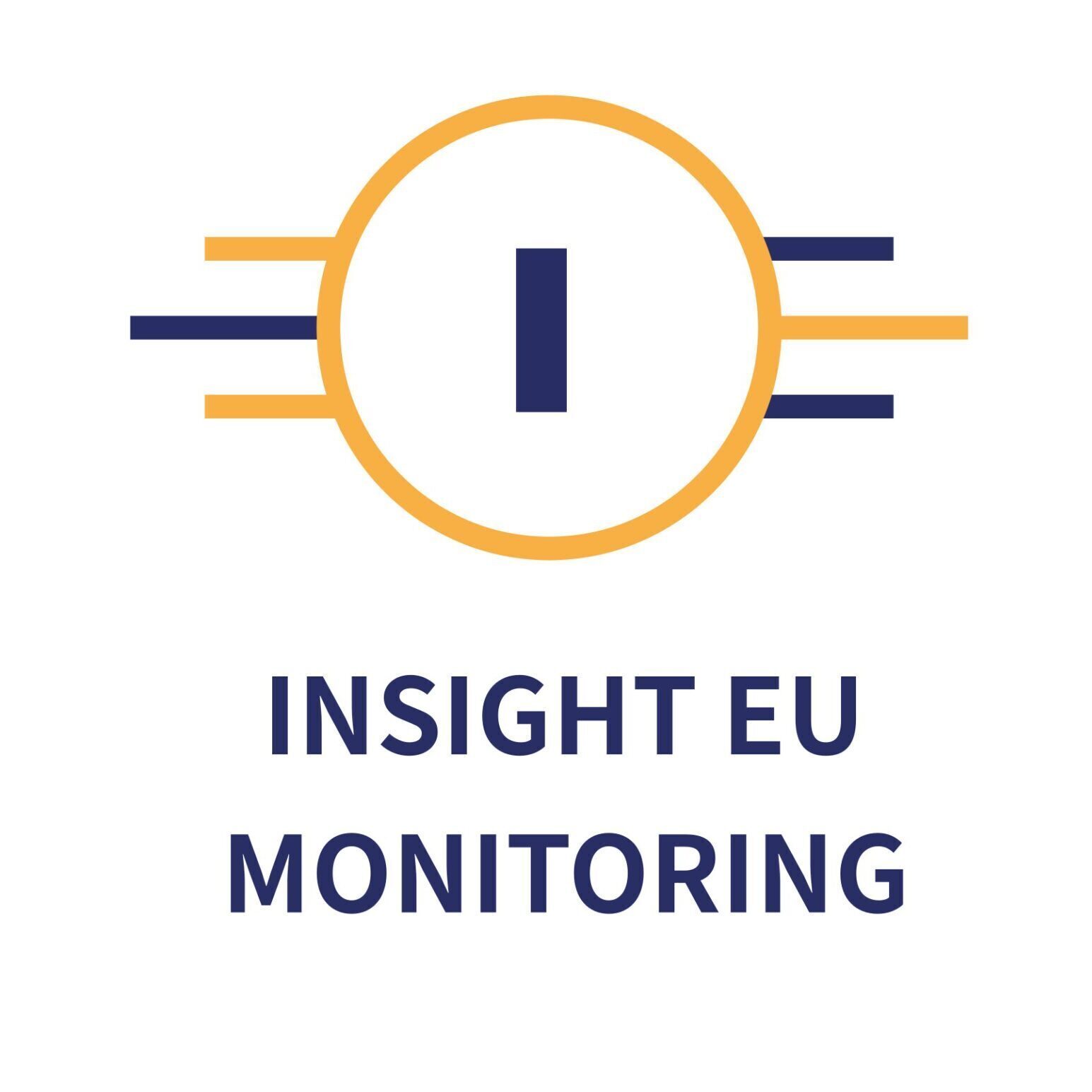Ljubljana, 17 Febriary 2025
Today, ACER has released its Opinion on the National Resource Adequacy Assessment of Poland. This is the second ACER Opinion on a National Resource Adequacy Assessment (NRAA).
What is a resource adequacy assessment?
The European Resource Adequacy Assessment (ERAA) evaluates electricity resource adequacy across the EU and provides an objective framework to assess the need for additional national measures to ensure security of supply. ERAA is carried out annually by the European Network of Transmission System Operators for Electricity (ENTSO-E) and reviewed by ACER.
Member States can complement the European analysis with their own national assessments (NRAAs). While the latter follow the ERAA methodology, they may capture new developments or national specificities that have not been reflected in the latest ERAA.
When a national assessment identifies new adequacy concerns, and the Member State informs ACER, ACER must issue an Opinion on the differences between the national and European assessments.
What are ACER’s findings?
In its Opinion, ACER identified three main differences between the Polish NRAA and ERAA:

ACER finds that Poland’s assessment:
- Updates assumptions on capacity resources, for example, by using revised estimates for nuclear and renewable energy capacity.
- Introduces additional modelling elements, e.g. thoroughly assessing the economics of capacity resources by analysing their revenues and costs. However, it does not fully account for the development of demand response and battery storage in the Polish market.
- Does not adequately consider the interconnected nature of Europe’s electricity market, as:
- the country’s maximum import capacity indicated in the NRAA is more constrained than in practice (as shown in the figure below); and
- exports are not considered.
This simplification does not highlight the benefits of cross-border electricity exchanges, which help reduce overall system costs and improve adequacy.
ACER also notes that some issues (and their potential effects) identified in Poland’s NRAA were already observed in other monitoring activities:
- The Polish Transmission System Operator (TSO) applies “allocation constraints” (i.e. temporary measures foreseen by the regulation). In its report on cross-zonal capacities (July 2024), ACER found that these constraints occasionally limit electricity exports from Poland, even when its neighbours are in need. This has a stronger impact during Dunkelflaute events, i.e. when renewable energy production is reduced due to weather conditions. As a result, Poland’s electricity prices do not reflect regional shortages effectively, limiting earnings for local generators and demand response providers (see figure below).
- In its report on barriers to demand-side flexibility (December 2023), ACER found several barriers to demand response and other distributed resources in Poland. Addressing these barriers would facilitate the uptake of these resources, helping to alleviate concerns that might otherwise justify extending the existing capacity mechanism.
What are the next steps?
ACER recommends that the Polish Ministry of Climate and Environment and the Polish TSO take these findings into account and, if necessary, revise the NRAA.
This would improve the robustness of the Polish assessment and provide a more accurate picture of the country’s electricity adequacy.
Source – ACER
